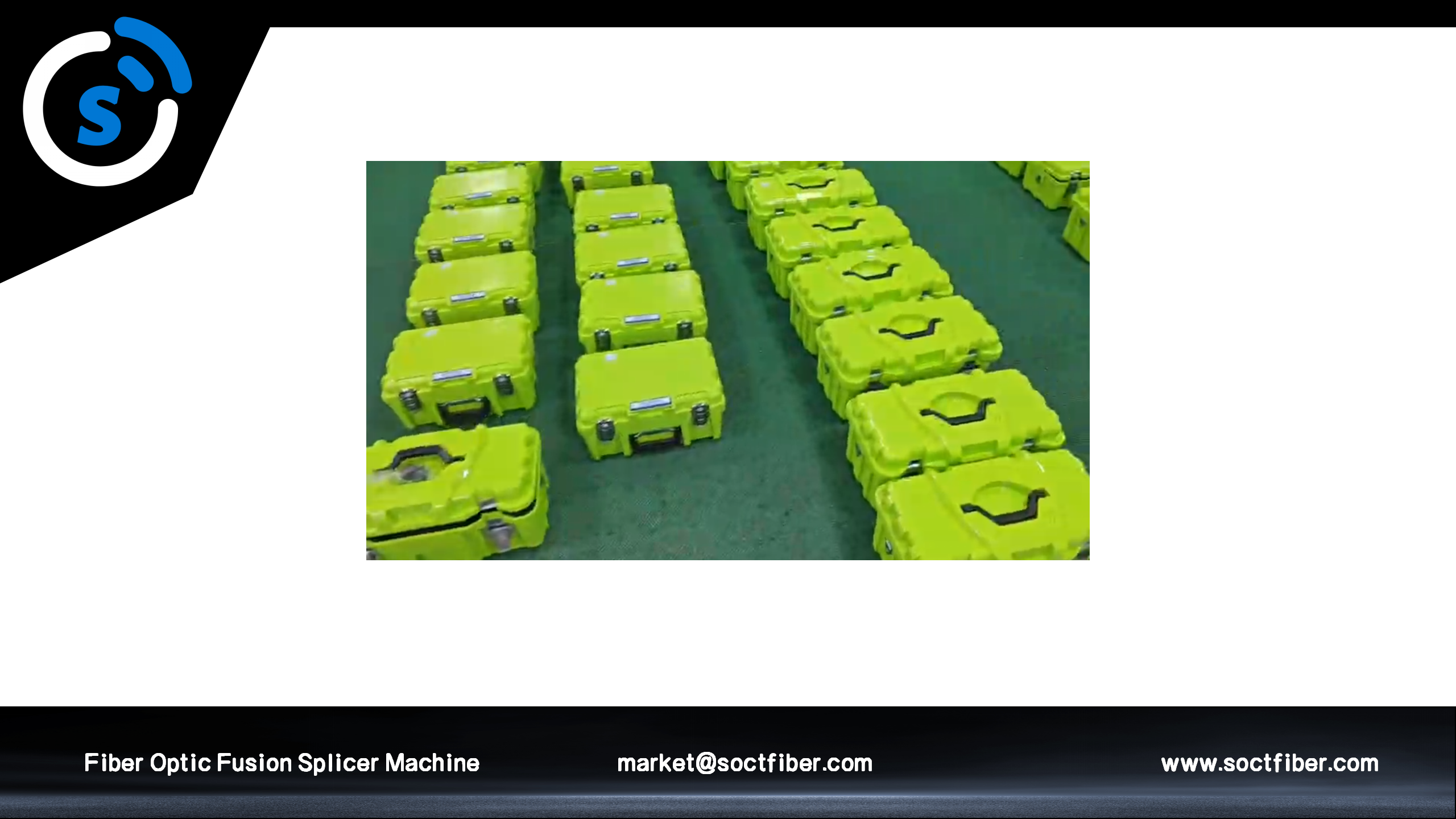multimode fiber optic cable vs single mode
Different core sizes and light travel ways make a multimode fiber optic cable from a single mode fiber. Multimode fibers have very large cores that allow several optical beams, or modes, to propagate at the same time, while single mode fibers have smaller cores and admit only one optical beam. Multimode cables are generally used for short-distance communication, as the higher dispersion and signal loss make them impractical to use over long distances. Both cost-effective and able to operate at high data rates, the distinguishing and innovative feature of these laid up cables is that they have low capacity for bending. From data centers and local area networks (LANs) with multimode transmissions to long haul telecommunications and high-speed Internet systems for single mode, applications range widely.


